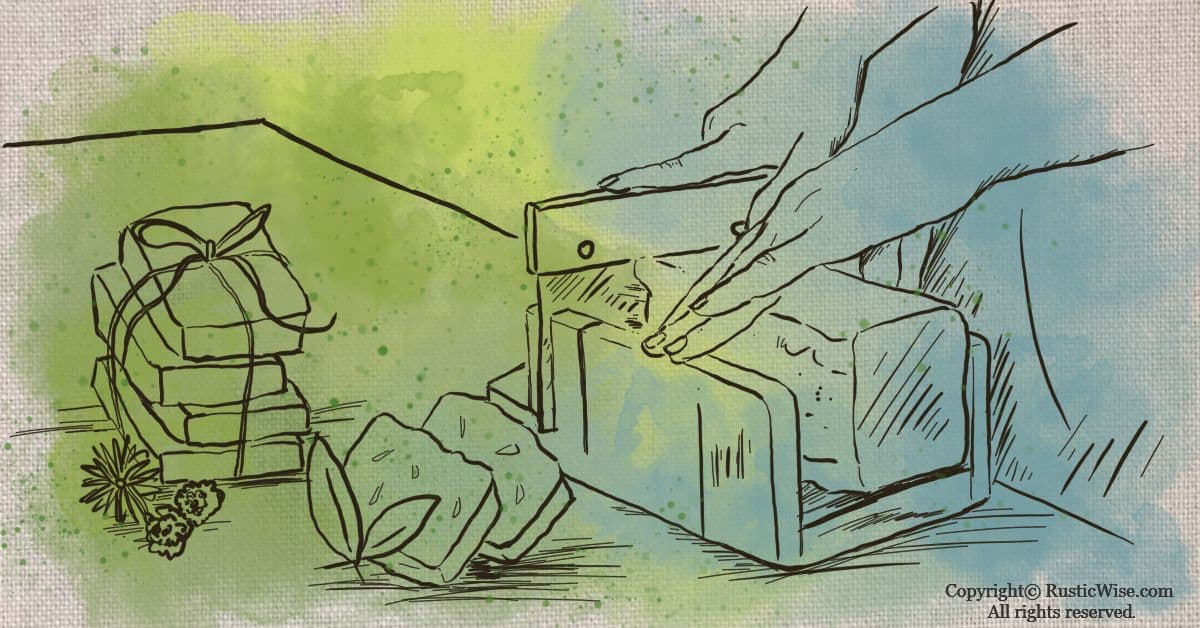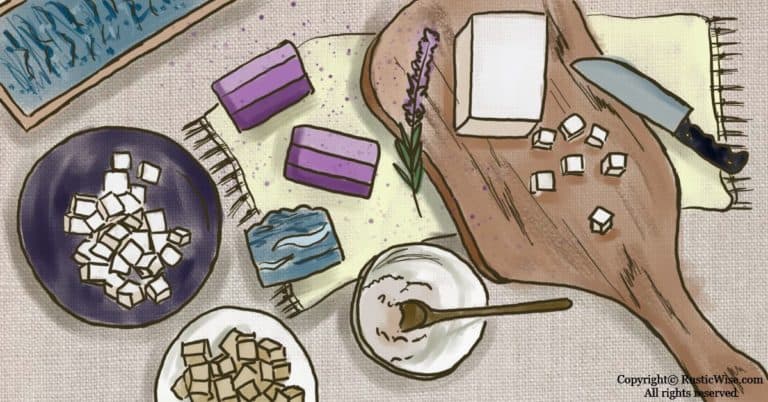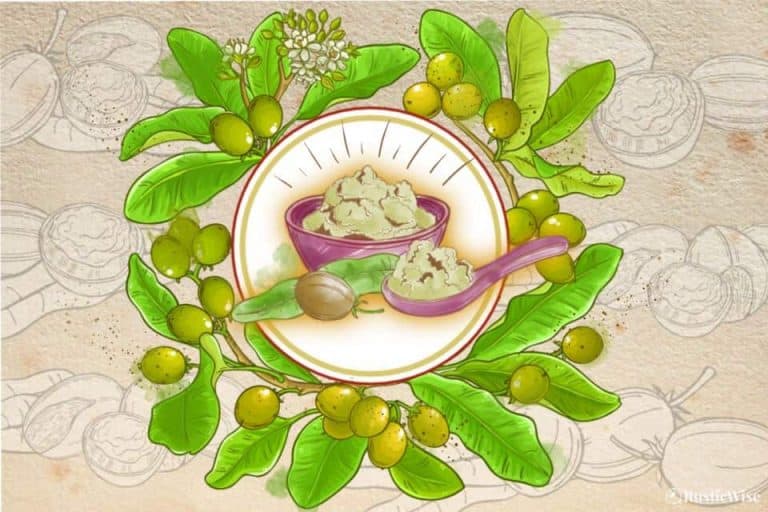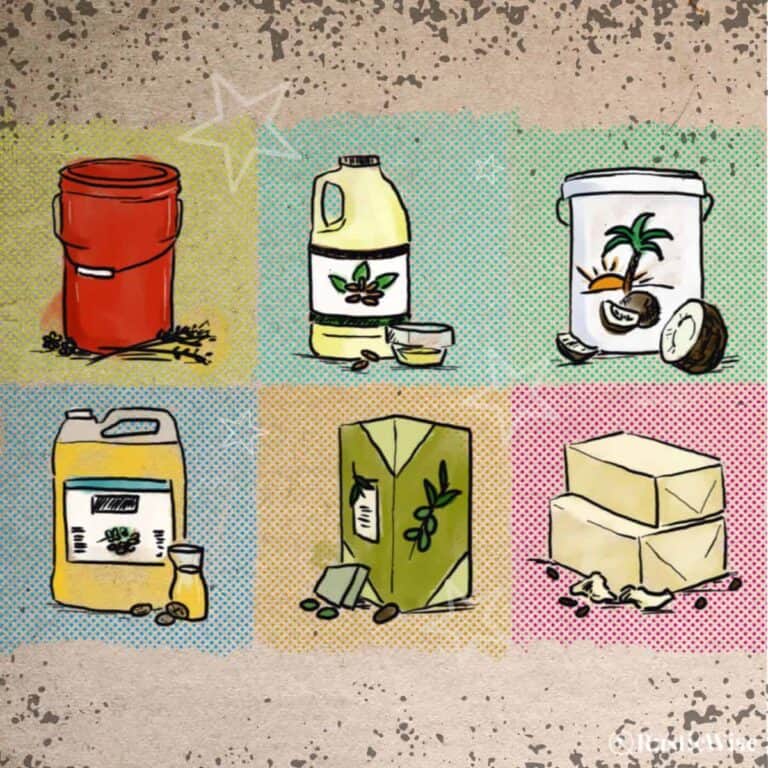How To Make Vegan Soap: A Guide To Plant-Based Oils
Handmade soap using all-natural, cruelty-free ingredients is one of the allures of vegan soap. If you’re wondering how to make vegan soap, we’ll go over a few popular plant-based oils and their properties to help you on your soapmaking journey. We’ve also rounded up a few vegan soap recipes to try out.
Once you become familiar with different types of vegan oils and their properties in soap, you can have fun with the soapmaking process.
Let’s get started!
What is vegan soap?
Before we dive right in, what exactly is vegan soap?
In essence, most homemade vegan soap uses all-natural and plant-based soap ingredients. Any animal-based, or animal-derived products including goat’s milk, tallow, and lard are excluded from the soapmaking process.
Whether you’re vegan, or hoping to make soap that appeals to the vegans in your life, choosing to make a bar of cruelty-free soap free is beneficial on many levels. Many vegan soaps are made of high quality ingredients that go that extra mile—for example organic essential oils, or fair trade shea butter.
Some vegans also want to avoid any ingredients that are tested on animals, or have harmed any animals in any way. This is why the use of palm oil is a bit controversial (we talk more about palm oil below).
In a nutshell, vegan soap has many of the nourishing and cleansing properties of traditional soaps minus the animal products.
Tip: Don’t assume every bar of vegan soap is made equally, or is cruelty-free. If some issues are more important to you, such as fair trade practices, do your research, or ask the soapmaker about how they source their ingredients.
How is vegan soap different from traditional soap?
At its most basic level, a simple soap recipe consists of three ingredients: distilled water, lye, and oil/fat.
Traditionally, the fat used in soaps is rendered fat or drippings from butchered farm animals. While the two terms are often used interchangeably, lard typically refers to fat from pigs, while tallow comes from cows.
Both tallow and lard served as the “fat” component of a basic soap recipe. This is mostly because this is what was readily available on farms and was inexpensive.
Obviously these animal-based fats don’t jive well with the vegan community.
Can you make soap without lard? Yes, absolutely! There are so many plant-based oils and butters to use in place of traditional animal-based ones.
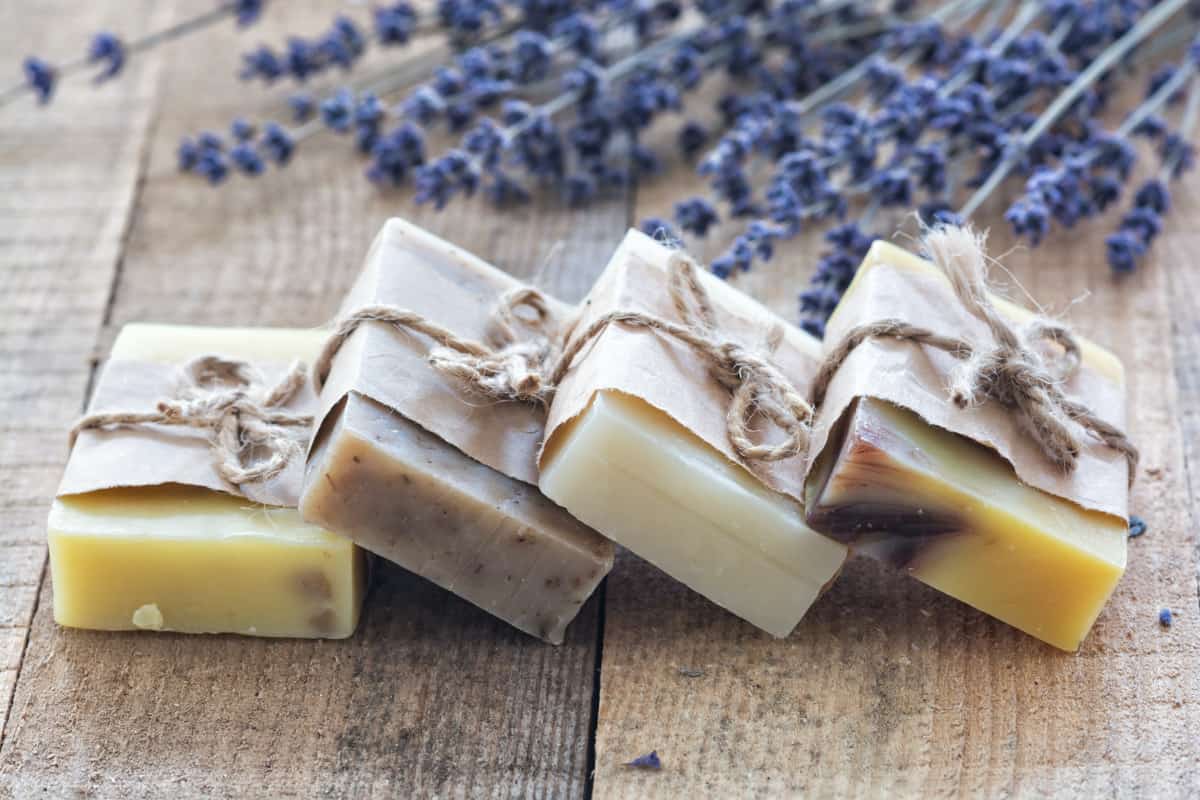
Wait, is lye vegan?
Yes, lye is an inorganic alkaline compound that is vegan-friendly.
While the term “lye” is used freely, it refers to either sodium hydroxide (NaOH), or potassium hydroxide (KOH).
While both sodium hydroxide and potassium hydroxide are key ingredients used in making soap, they produce different results.
If you’re looking to make hard bars of soap, you’ll need sodium hydroxide. Softer soaps and liquid soaps use potassium hydroxide. Read more about the differences between sodium hydroxide and potassium hydroxide here.
Safety first: Lye is an extremely caustic alkali compound that can damage eyes, skin, and the respiratory system. When making soap, ensure your wear the appropriate safety equipment and work in a well-ventilated room.
Different types of plant oils to use in vegan soap
Let’s take a look at the different types of plant-based oils and butters you can use when learning how to make vegan soap.
Vegan soap = distilled water + plant-based oils or butters + lye + any optional essential oils or add-ins
Most vegan soaps use a combination of more than one type of plant-based oil or butter to produce desired results.
We’ll take a closer look at the four most commonly used plant oils and butters first: coconut oil, olive oil, shea butter, and palm oil.
Coconut oil
Lauded for its moisturizing properties, coconut oil also acts as a natural barrier to protect from skin damage.
When looking for coconut oil for soapmaking, look for labels such as “pure” or “refined.” These should be purely coconut oil without any use of additives or preservatives. Unrefined coconut oils may have a strong, coconut-y aroma that some soapmakers like to avoid.
At room temperature, coconut oil is solid. You may see a label on your jar that says 76 degree—this is the melting point (in Fahrenheit). This seems to be the most popular type used in soapmaking.
Other coconut oil varieties include:
- 92 degree: A 92 degree Fahrenheit has a higher melting point that creates a more solid bar of soap, but doesn’t lather as nicely as the 72 degree.
- Fractionated coconut oil: This type of coconut oil stays liquid even in the fridge and is lighter, and more easily absorbed by the skin.
- Virgin: Virgin coconut oil is less processed, however it costs more. As to the supposed benefits of this over regular 76 degree coconut oil when it comes to making soap, we’re not sure.
Coconut oil properties in soap:
- Produces strong lather.
- Great cleanser.
- Adds hardness to the soap.
- Moisturizing properties when used in small doses. When used in larger quantities, it may produce a drying effect unless you balance out the superfat content.
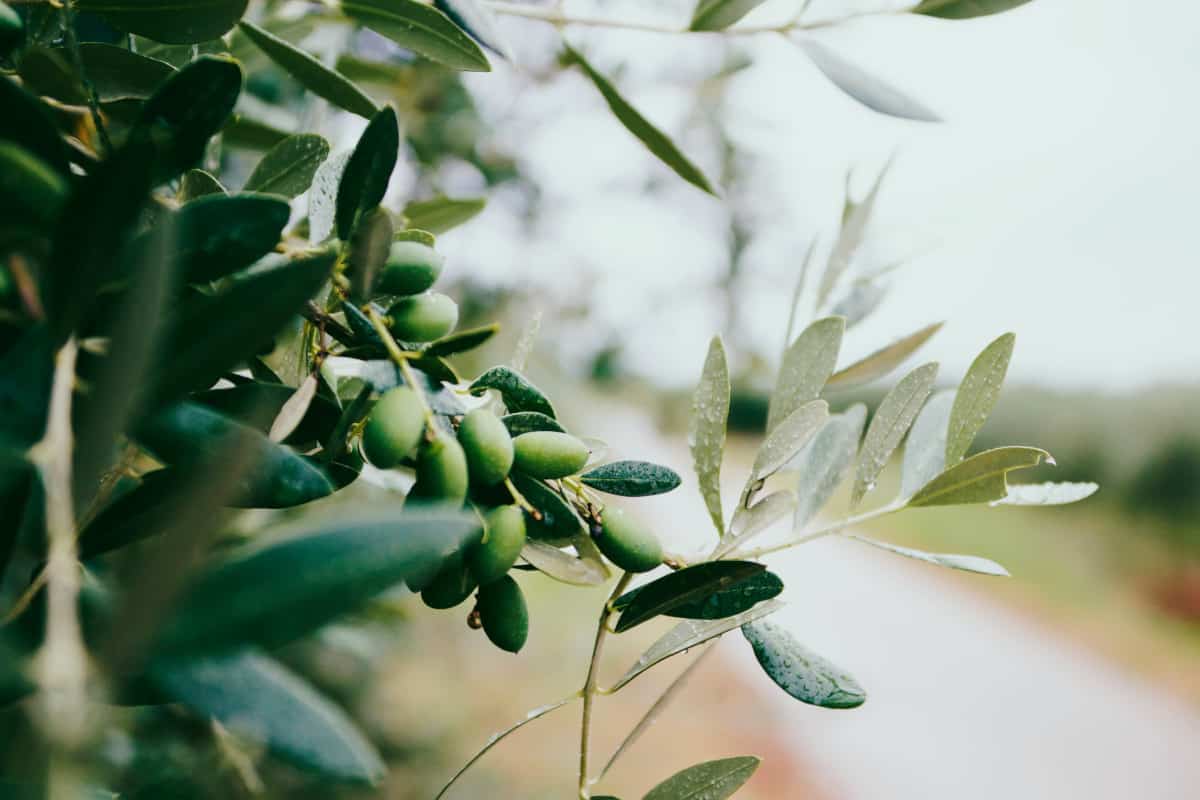
Credit: Nazar Hrabovyi / Unsplash
Olive oil
One of the most popular soaps made using olive oil is Castile soap. Used for its mild, conditioning and moisturizing properties, olive oil has been a mainstay in soaps for centuries.
When it comes to selecting an olive oil for soapmaking, it’s important to not simply select any old bottle at the grocery store. Some lower quality olive oils may cause your soap to turn rancid quickly, even though they say they’re 100 percent pure. At the same time, don’t worry too much about the grade of olive oil as it’s graded for taste, not soapmaking!
Here are some grades of olive oil:
- Extra virgin: Comes from the first pressing of olives and made without the use of chemicals during the extraction process. It also has the lowest “free acidity level.” The lower the acidity level, the better tasting olive oil you have (although taste might not affect the outcome of soap!), and the higher quality of olives used.
- Virgin: Also comes from the first pressing of olives. Virgin olive oil has similar properties of extra virgin oil except with a higher allowable “free acidity level.”
- Pure or Grade A: This label iscommonly used by soapmakers as it’s readily available. Pure or Grade A olive oil consists of a blend of virgin and other refined oils. While the taste and nutritional profile is altered, it creates a more stable bottle of olive oil for better shelf life.
- Pomace: A pomace olive oil is greener in color as it’s made using the last drops of pressed olives that’s extracted from the flesh, skin, and pits of the olives. Some soapmakers prefer pomace for the slightly green color that comes out in finished soaps. Pomace olive oil is higher in acidity which lends itself nicely to soapmaking.
Olive oil properties in soap:
- High in vitamin E which is great when used topically on the skin.
- Produces a gentle lather.
- A very mild ingredient with low cleansing properties.
- Produces a soft soap unless combined with other types of harder oils/fats. You can make hard soaps made with olive oil, but it takes more time to harden up.
Shea butter
Shea butter is packed with fatty acids and vitamins A and E. With its creamy consistency and deeply nourishing and emollient properties, it’s no surprise that shea butter has been a staple in creams, lotions, and soaps for centuries.
It also has anti-inflammatory properties—great for soothing itchy, dry skin. It’s also antibacterial and antifungal.
When it comes to different types of shea butter, they come in grades rated A to F, with A being the highest. Aim for the highest quality you can afford within your budget. You can also look for “fair trade” labels to ensure your produce is ethically sourced.
Refined or unrefined? Unrefined shea butter retains its natural, slightly nutty, earthy fragrance and its nourishing properties intact. Refined shea butter loses some of those qualities during processing. For soapmaking, aim for unrefined shea butter.
Shea butter properties in soap:
- Deeply moisturizing, nourishing, and conditioning with a silky texture.
- Adds hardness to soap.
- Produces a good lather.
Palm oil
Many manufactured soap bars contain palm oil as it’s widely available, cheap, and is used as a cleansing agent. Check the ingredients listed on your store-bought soap, shampoo or body wash—chances are, palm oil is listed as an ingredient.
Some homemade soap recipes call for palm oil too.
The problem is that too much palm oil in soap leads to dry skin.
Palm oil is vegan as it comes from the palm oil tree (Elaeis guineensis). Oil is extracted from the fleshy red fruit, or the kernel or seed to make palm kernel oil, or PKO.
Now here’s the controversial part about palm oil.
The worldwide demand for this versatile oil has led to deforestation and loss of natural habitats for local species, among other issues according to the World Wide Fund for Nature (WWF).
“Irresponsible expansion of oil palm plantations has negatively impacted many vulnerable and threatened species, including critically endangered orangutans, elephants and tigers. Expansion has also often occurred at the expense of the rights and interests of local communities and indigenous peoples…Finally, the growth of the industry has threatened freshwater ecosystems and caused soil erosion and pollution, as well as air pollution.”
World WIde fund for nature (WWF)
Because of this, the Roundtable of Sustainable Palm Oil (RSPO) was formed in 2004 to support sustainable development of palm oil.
Look for palm oil that’s RSPO-certified to ensure it’s ethically-sourced.
Palm oil properties in soap:
- Adds hardness to soap, good for cold process soaps.
- When combined with coconut oil, it produces a nice lather.
Other vegan oils to try in soapmaking
- Apricot kernel oil
- Argan oil
- Avocado oil
- Babassu oil
- Castor oil
- Cocoa butter
- Grapeseed oil
- Hazelnut oil
- Hempseed oil
- Jojoba oil
- Macadamia nut oil
- Mango butter
- Neem oil
- Rice bran oil
- Safflower oil
- Sunflower oil
- Sweet almond oil
- Walnut oil
How to make vegan soap: roundup of vegan soap recipes
Read to get your soap on? Here’s a roundup of vegan-friendly soap recipes.
Some melt and pour soap recipes call for a glycerin base. Glycerin can be plant or animal based—make sure to check the label first!
Make sure you’re familiar with lye safety when it comes to soapmaking before you dive right in.
Vegan Cold Process Soap
Called Somer’s Simple Soap, this vegan-friendly recipe is a blend of coconut and olive oil (via Vedged Out).
Vegan Glycerin Soap
Make a translucent bar of vegan soap with coconut oil, castor oil, and glycerin (via Oh The Things We’ll Make!).
Simple Vegan, Palm Oil Free Soap Recipe for Beginners
Using olive oil and coconut oil, here’s an easy vegan bar soap to try out (via Bottega Zero Waste).
Homemade Shampoo Bar with Lavender and Clay
If you’re a fan of shampoo bars, you’ll want to try this DIY recipe using olive oil, coconut oil, shea butter, castor oil, finished with a few drops of lavender and rosemary essential oils (via Elavegan).
Rosemary and Peppermint Energizing Shower Soap
Add a natural zest to your shower routine with the amazing combo of rosemary and peppermint (via Garden Therapy).
Vegan Elderberry Soap
Using the melt and pour method, create a bar of soap with the healing properties of elderberries (via The Inspiration Edit).
Warm Cider Hot Process Soap Recipe
Break out your crockpot to make this hot process soap scented with warm cider (via Saffire Blue).
New to making soap? 🧼❓
👉We have a fantastic overview on the whole soapmaking process here: read our Timeless Guide To Soapmaking.
If you would like to see our soapmaking posts organized by topic type, see our Soapmaking Collection.
Would you like more timeless tips via email?
Fun tips to help you live an independent, self-sustaining lifestyle. Opt-out at any time.


References
- Fisher, David (28 October 2019). “Different Types of Olive Oil for Soap Making Recipes,” The Spruce Crafts. Accessed January 2021.
- Watson, Kathryn (07 March 2019). “What Is Shea Butter? 22 Reasons to Add It to Your Routine,” Healthline. Accessed January 2021.
- World Wide Fund for Nature (WWF), Palm Oil, https://wwf.panda.org/discover/our_focus/food_practice/sustainable_production/palm_oil/. Accessed January 2021.
- World Wide Fund for Nature (WWF), 8 Things To Know About Palm Oil, https://www.wwf.org.uk/updates/8-things-know-about-palm-oil#:~:text=What%20is%20palm%20oil%3F,the%20middle%20of%20the%20fruit. Accessed January 2021.

Author: Theresa Tesolin
Theresa is co-founder of RusticWise. She helps people unleash their inner DIY spirit by encouraging them to get dirty and make or grow something from scratch.

